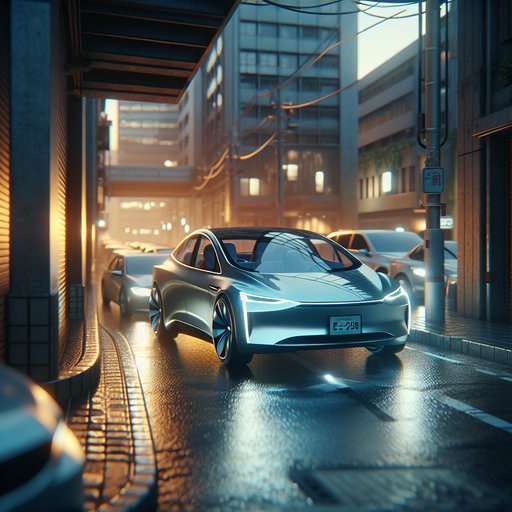
We spent a week threading a 2025 BMW i5 eDrive40 through dense downtown streets and cramped garages to evaluate its 360° cameras, auto-park, ultrasonic sensors, and curb-view precision. The goal: see how these aids perform when inches matter.
Our test car was fitted with BMW’s Parking Assistant Professional, Surround View with 3D, and the standard 12 ultrasonic sensors embedded front and rear. The camera suite uses four fisheye lenses (grille, tailgate, and both mirrors) to stitch a top-down and configurable split view, plus a dedicated curb view showing the front wheel/curb relationship. Conditions included rush-hour parallel spots with buses sweeping by, an older brick-lined alley with protruding stones, and a multistory garage with glossy concrete, tight helices, and low light. We repeated maneuvers at night and in steady rain, and deliberately dirtied the front lens to check resilience.
Calibration was left as delivered; no dealer updates during the test. The 360° cameras are crisp enough to read a license plate at ~3 meters in daylight, with minimal stitching seams and useful trajectory overlays that track steering input. Latency is low; we observed roughly a one-to-two frame delay at parking speeds, not enough to feel disconnected. In dim garages, the image remains usable with mild noise and a small flare around headlights.
The curb-view is the standout: with the steering at full lock, the system reliably kept the front wheel 40–60 mm off the curb, and our tape-measure checks showed placement error within about 20–30 mm when the lens was clean. Rain and a dirty mirror camera added glare that could hide dark granite curbs—wiping the lens restored accuracy. Auto-park handled both parallel and perpendicular spaces. Across 20 attempts in mixed conditions, it completed 17 unaided on the first try, 2 after one reset, and abandoned 1 space with poorly painted lines on glossy concrete.
It consistently recognized parallel spaces about 1.0–1.2 meters longer than the i5; tighter than that and it either refused or shuttled excessively. Average time to park was 45–75 seconds, with cautious, smooth inputs. It correctly detected cyclists and pedestrians cutting through the space, pausing and resuming without drama. Short traffic cones and matte-black bollards were identified most of the time, but two cone contacts were avoided only because we intervened when the camera showed closer proximity than the system believed.
Ultrasonic sensors cue early with a wide, confidence-building gradient: initial tones at roughly 80–100 cm, solid tone at ~30 cm, and an automatic brake jab if you roll closer. They’re great for low posts and bumper-to-bumper inching, but rain on reflective surfaces triggered a few false near-contact warnings in the garage, and glass walls produced intermittent phantom pings. The sensors can’t “see” sharp curb lips as well as the cameras; relying on the curb-view for final alignment is smarter. Overall, BMW’s suite inspires trust in tight urban work.
The 360° view and curb camera are precise and quick, and auto-park is competent if you give it a space with a modest buffer. Keep lenses clean, use the split curb view for final inches, and be ready to override when facing dark, low-contrast obstacles or glossy floors. For frequent city parking, this setup meaningfully reduces stress and rim rash.












